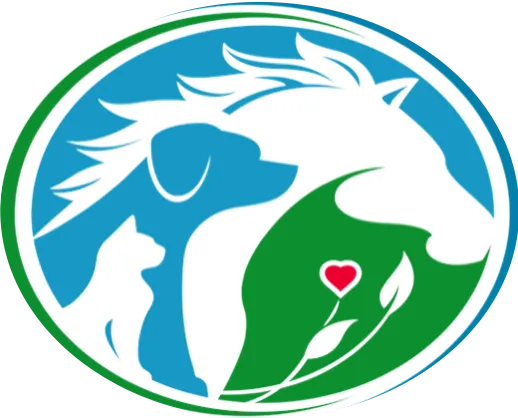Cats, Dogs, Horses, Small Pets, Birds, Poultry & Reptile
(How to Use with Fish is below)
read our poultry testimonials & articles for
Flock Well-being Success
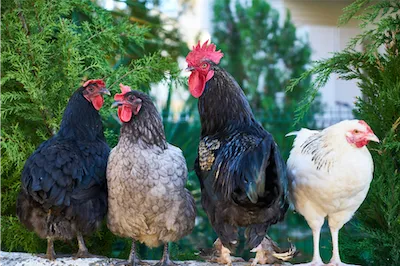
Addressing Poultry Separation Anxiety-Nurturing Emotional Well-being in the Coop
Separation Anxiety in Poultry
Introduction:
While the term "separation anxiety" is often associated with dogs or cats, poultry, too, can experience distress when separated from their flock or caretakers. Chickens, ducks, and other domesticated fowl are social creatures with intricate dynamics within their coop communities. This comprehensive guide delves into the unique aspects of poultry separation anxiety, exploring its causes, recognizing symptoms, and providing effective strategies to ensure the emotional well-being of our feathered companions.
Understanding Poultry Social Dynamics:
Poultry, by nature, are communal beings that thrive in flocks. Chickens, for instance, form close-knit groups with established hierarchies, while ducks display strong bonds within their quacking communities. When a member of the flock is isolated or removed, it can disrupt the social harmony and trigger anxiety among the remaining birds.
Recognizing the Symptoms of Pet Bird Separation Anxiety:
Observing your feathered friend for subtle signs of distress is crucial in understanding their emotional well-being. Increased vocalizations, such as excessive squawking or chirping, may indicate a cry for attention. Feather-destructive behaviors, like plucking, can manifest as a coping mechanism for stress. Restlessness, pacing, or excessive movement within the cage are notable signs of unease. Changes in eating habits or a decrease in appetite can further signify the impact of separation anxiety on your pet bird. Common indicators include:
1. Vocalization:
Increased and persistent vocalizations, such as constant clucking or quacking, may signify distress.
2. Agitation and Restlessness:
Restless pacing, erratic movement, or frantic behavior within the coop are potential signs of anxiety.
3. Decreased Egg Production:
Hens experiencing separation anxiety may exhibit a decrease in egg laying, reflecting the stress they are undergoing.
4. Feather Pecking:
Aggressive pecking, particularly directed at other flock members, can be a manifestation of anxiety.
5. Reduced Appetite:
A notable decrease in feed consumption or changes in eating habits may indicate emotional distress.
Understanding the Causes of Poultry Separation Anxiety:
Delving into the root causes of poultry separation anxiety unveils a complex interplay of social dynamics, routine disruptions, and individual history.
1. Flock Dynamics:
The removal of a member, whether through culling, relocation, or natural causes, can disrupt the established social order, leading to anxiety among the remaining birds.
2. Changes in Environment:
Alterations in the coop layout, introduction of new flock members, or modifications to the surroundings can trigger anxiety in poultry.
3. Predator Threats:
Instances of predator attacks or persistent predator presence can induce fear and anxiety within the flock.
4. Human Interactions:
Poultry that has been raised with frequent human interaction may become stressed when separated from their caretakers.
Alleviating Poultry Separation Anxiety:
Embarking on the journey to ease poultry separation anxiety involves a multifaceted approach that prioritizes the well-being of your feathered companions.
1. Companion Birds:
Introducing compatible companion birds can mitigate the effects of separation anxiety. It's essential to consider the existing flock dynamics and gradually introduce new members.
2. Consistent Routine:
Poultry thrives on routine. Establishing a consistent schedule for feeding, watering, and coop cleaning provides a sense of predictability, reducing anxiety.
3. Enriched Environment:
If possible, consider getting a companion bird. Many species of pet birds are social and thrive when they have a feathered friend to keep them company.
4. Secure Coop Design:
Ensuring the coop is predator-proof and providing ample hiding spots within the enclosure enhances the birds' sense of security.
5. Environmental Enrichment:
Incorporate elements that engage poultry mentally and physically. Dust baths, foraging activities, and providing a variety of perches contribute to a stimulating environment.
6. Gradual Introductions:
When introducing changes or new birds, do so gradually to minimize stress. Allow the flock to acclimate to alterations in their environment or the presence of new members.
7. Monitoring Health:
Conduct regular health checks to address any sudden changes promptly.
8. Flower Essences:
Consider incorporating flower essences (Bach Flower Essences, for example) into your poultrys' routine. Calming essences like chamomile or lavender can have soothing effects, helping to alleviate stress and anxiety. Consult with your poultry health specialist to ensure the suitability and proper dosage.
9. Consulting with an Veterinarian:
If poultry separation anxiety persists, seeking veterinary guidance is crucial. A poultry health specialist can conduct thorough examinations, assess flock dynamics, and provide tailored recommendations to address the specific needs of the birds.
Conclusion:
In the intricate world of poultry care, addressing separation anxiety requires a nuanced understanding of flock dynamics and individual bird behaviors. By recognizing the symptoms, understanding the causes, and implementing effective strategies, poultry owners can contribute to the emotional well-being of their feathered companions. Fostering flock harmony through companionship, consistent routines, and enriching environments ensures that chickens, ducks, and other poultry thrive in a secure and contented coop community. The incorporation of flower essences adds a holistic dimension, providing a gentle and natural approach to soothe anxiety and foster flock harmony. Remember, a happy and harmonious flock is a testament to conscientious poultry care.
A Trained Animal Communicator Connects with Your Pet
With every order, a trained animal communicator connects with your pet to choose the right blend of flower essences
(e.g. Bach Flower Essences) for calming their anxiety. Custom blended flower essences are natural pet calming products.
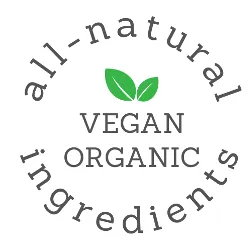

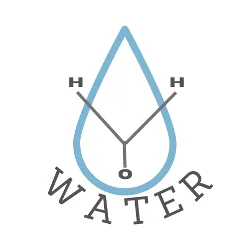
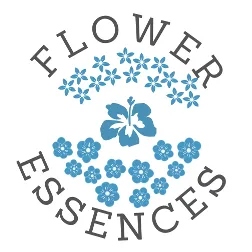

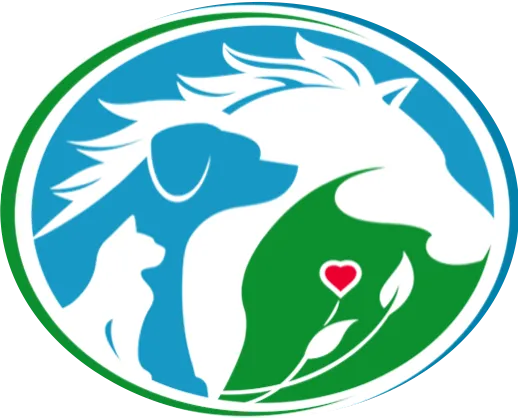
Calm Animal Solutions
Calm Animal Solutions offers customized, natural remedies for dog anxiety, and are calming for cats. Plus, we create blends for horses, small animal pets, birds, poultry, reptiles, and fish.
#CalmAnimalSolutions
on Instagram.
©2024, Catherine Winfree. All rights reserved.
Mandatory FDA Notice: The statements made regarding Calm Animal Solutions have not been evaluated by the Food and Drug Administration. These products are not intended to diagnose, treat, cure, or prevent any animal disease. Although the ingredients in Calm Animal Solutions are generally regarded as safe, you are encouraged to consult your veterinary before using any essence product (such as Bach Flower Essences, for example).
A Trained Animal Communicator Connects with Your Pet
With every order, a trained animal communicator connects with your pet to choose the right blend of flower essences (e.g. Bach Flower Essences) for calming their anxiety. Custom blended flower essences are natural pet calming products.





Mandatory FDA Notice: The statements made regarding Calm Animal Solutions have not been evaluated by the Food and Drug Administration. These products are not intended to diagnose, treat, cure, or prevent any animal disease. Although the ingredients in Calm Animal Solutions are generally regarded as safe, you are encouraged to consult your veterinary before using any essence product.

Home | Contact | Terms | Privacy Policy | About Catherine
©2024, Catherine Winfree. All rights reserved.
